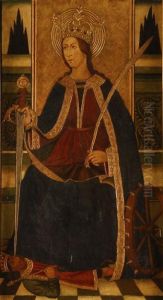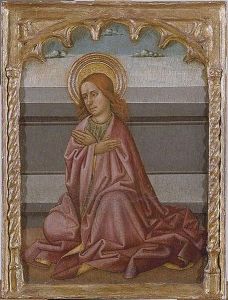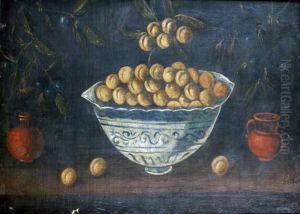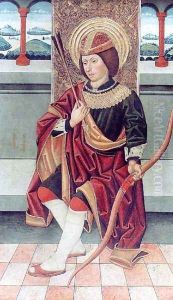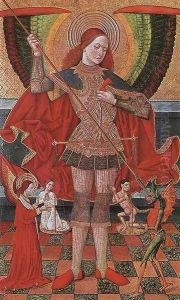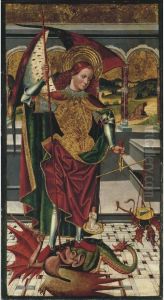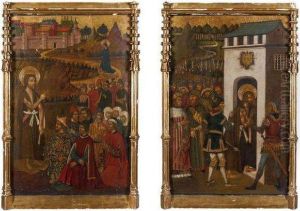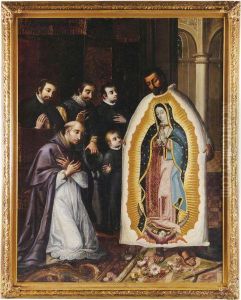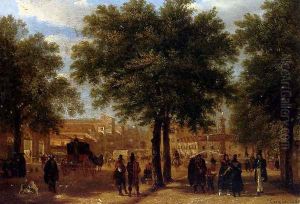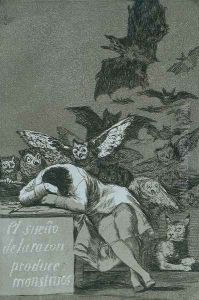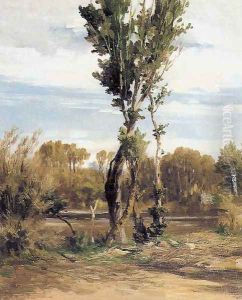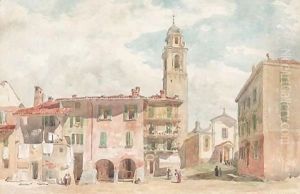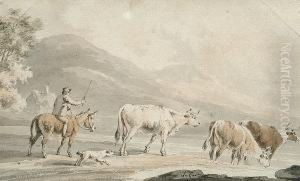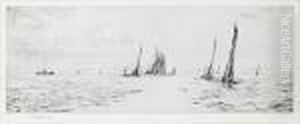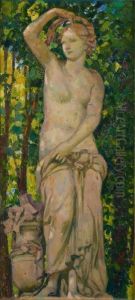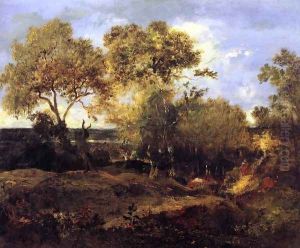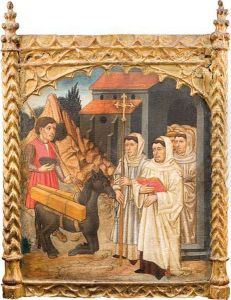





El Milagro De La Mula Arrodillada
-
About Reproduction
Discover the allure of art with our faithful reproduction of "El Milagro De La Mula Arrodillada", originally brought to life by the talented Juan De La Abadia. Unlike posters or prints, our hand-painted oil painting breathes an unique sense of depth and texture into your space. Every detail, every stroke, and every texture is meticulously recreated, paying the perfect homage to Juan De La Abadia and his artistic vision.
Owning this piece is more than just decoration - it's a statement of your refined taste in art. Let the vibrant colors and intricate details of this replica serve as a daily reminder of the beauty in our world. Elevate your decor and appreciate the richness of art with our replica of this masterpiece.
-
Painting Description
"El Milagro de la Mula Arrodillada" (The Miracle of the Kneeling Mule) is a notable work attributed to Juan de la Abadía (also known as Juan de la Abadía el Viejo), a Spanish painter active during the late 15th and early 16th centuries in the region of Aragon and the Kingdom of Navarre. His work is characterized by a style that blends medieval and Renaissance elements, reflecting the transitional period in Spanish art.
The painting "El Milagro de la Mula Arrodillada" depicts a legendary miracle associated with Saint Anthony of Padua, a popular subject in Christian art. According to the legend, a nonbeliever challenged Saint Anthony's preaching about the real presence of Christ in the Eucharist. The skeptic said he would believe if his mule, after being deprived of food for three days, would ignore fodder and kneel before the Holy Sacrament, which it miraculously did.
Juan de la Abadía's interpretation of this scene is significant for its devotional impact and its reflection of the religious sentiments of the time. The painting likely served as an altarpiece or part of a larger religious narrative in a church setting, aimed at reinforcing the doctrine of transubstantiation among the faithful.
While the exact date of the painting's creation is uncertain, it is generally placed in the late 15th century, a period when Spanish art was increasingly influenced by Flemish painting and the Italian Renaissance. De la Abadía's work is distinguished by its vivid colors, attention to detail, and the emotional expressiveness of the figures.
"El Milagro de la Mula Arrodillada" is an important example of Juan de la Abadía's oeuvre and contributes to our understanding of the religious and artistic culture of Spain during the transition from the Gothic to the Renaissance period. The painting is also a testament to the enduring popularity of Saint Anthony's miracles and the role of visual art in the dissemination of Catholic doctrine.
As of the knowledge cutoff date, the painting's current location, provenance, and condition are not specified, and further research may be necessary to provide a complete account of its history and significance.
-
Lead Time & Shipping
When you order this oil painting replica, it typically takes 2-3 weeks to paint. If the artwork is more complex, it might need a little more time to ensure the best quality. Once it's ready, we'll send you a photo for your approval. After you give the green light, we'll ship it to you for free.
-
Return & Refund
We believe in the quality of our hand-painted oil painting reproductions, and your satisfaction is our priority. If for any reason, you are not completely satisfied with your purchase, we offer a 45-day return policy. You can return your artwork within 45 days of receipt and receive a full refund. Please note that the artwork must be returned in the original packaging and in the same condition as it was received.





